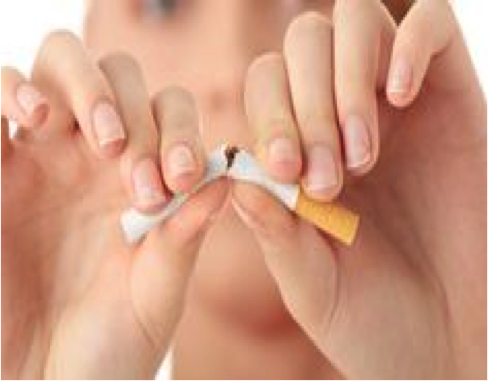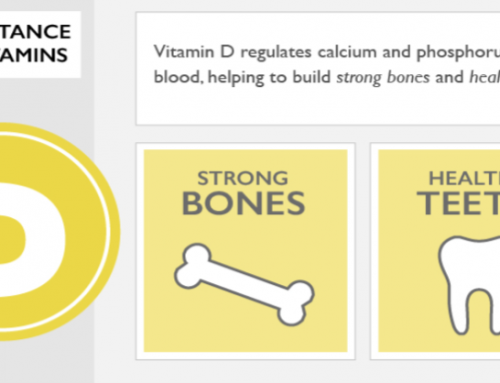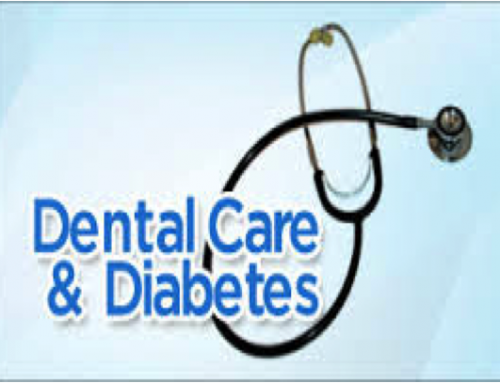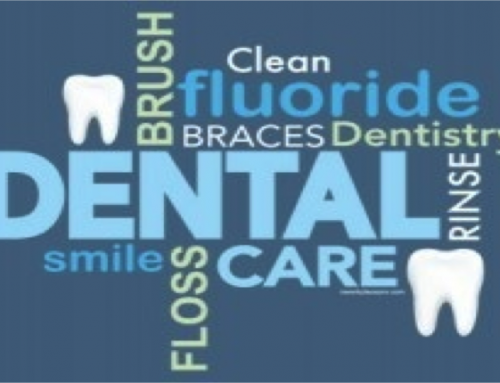Nothing ruins a smile like tobacco. Kicking the habit now can improve your smile and health!
Tobacco use still stands as the single largest preventable cause of death in US. Even with an increase in tobacco product costs, anti-tobacco media campaigns, and smoke-free laws for public places, there is still almost 20% of the American population using tobacco products. The amount of US citizens who have died prematurely from cigarette smoking is more than 10 times that of people who have died in wars fought by the US during its history.
Nicotine
• Nicotine is a psychoactive ingredient present in all types of tobacco products.
• Natural occurring ingredient in tobacco leaves.
• Its use in these products leads to tolerance, dependency, and addiction.
• Nicotine is considered a human central nervous system stimulant that is toxic.
• Increases a person’s heart rate and blood pressure.
• Chronic use can lead to heart disease, COPD, oral and lung cancers, gingiva and bone degradation, gastrointestinal disease, anorexia, allergies, and mouth disease such as leukoplakia and nicotine stomatitis.
• Physical dependency is developed over time with a presence of withdrawal symptoms.
• Tolerance to nicotine is also developed after prolonged use requiring that a person need higher doses of nicotine to develop the same desired physiological and psychological responses over time.
• An average service-life of nicotine is about 2 hours, at which point withdrawal symptom or craving for another dose takes place.
• Absorbed through the mouth and has a rapid pulmonary absorption and is delivered to the brain in less than 20 seconds reaching peak plasma levels in 4-5 minutes. This provides the user with an “instant high” to curb cravings.
Cigarettes:
• Most common form of tobacco use in the US.
• Contains hundreds of different chemicals and gases. Each brand of cigarette varies in the concentration of chemicals and gases.
• At least 45 ingredients are classified as carcinogens:
• Smoking cigarettes can have an effect on every organ in the body.
• Second Hand Smoke:
o Exposure to second hand smoke can be just as harmful as using cigarettes first hand leaving the exposed at risk of respiratory symptoms and disease, decreased pulmonary function, lung cancer, and coronary artery disease.
Common illnesses and disease associated from the harmful effects from smoking:
• COPD
• Acute myeloid leukemia
• Coronary artery disease
• GERD
• Stroke
• Cancer of bladder, cervix, colon, rectum, oropharynx, trachea, lung, esophagus, larynx, kidney, ureter, liver, pancreas, and stomach
E-Cigarettes (Electronic Cigarette, Personal Vaporizers)
• Battery-operated devices that simulate cigarette smoking by producing a vapor from liquid without the combustion products found in cigarettes.
• Fast growing trend as recreational use as well as for cigarette smokers replacement
• Only regulated by FDA if the E-cigarettes are labeled as therapeutic, and not approved by FDA as a smoking cessation program.
• Due to the recent fabrication and sales of E-cigarettes, there is little research on the long term effects on health or the risks involved with smoking these devices.
How they work:
Activate the e-cigarette is done by pushing on a button on outside of device. An atomizer or heating element turns the liquid into a vapor that is inhaled to deliver a number of ingredients. Those ingredients can include: Nicotine, flavoring, and humectants (The MSDS states it is metabolized in the body into different acids and is mostly considered to be safe, however in some case it can metabolize into a hazardous substance known as propronaldehyde in the body). Some have potentially harmful additives such as animal carcinogens, genotoxins, and other irritants.
Smokeless Tobacco
• Also known as chew, dip, or snuff.
• Using smokeless tobacco increases a person’s risk for cancer of the mouth, cheek, tongue, and gingivae by 50% over smoking cigarettes.
• Snuff being finely grated tobacco sniffed through the nose.
• Chew also being finely grated tobacco placed between cheek and gums.
• Smokeless tobaccos contains 28 cancer causing agents.
Common illnesses associated with Smokeless tobacco
• Dental Caries
• Periodontal Disease
• Coronary Artery Disease
• Heart Attack
• Stroke
• Cancer: Esophagus, oral cavity, pancreas, and kidney
Dental professionals are the usual first and most ideal health professional to monitor and identify oral cavity tissue changes that are linked with smokeless tobacco use
Common oral changes seen in smokeless tobacco users (also seen in smokers as well)
• Leukoplakia: White plaque like lesion of oral mucosa unable to be rubbed away.
• Keratosis: white lesion with corrugated appearance located in site where chewing tobacco is held.
• Nicotine Stomatitis: erythematous hard palate with hyperkeratosis and raised white-grey nodules that are benign located behind hard palate. May reverse once habit ceases.
• Melanosis: Brown to grey pigmentation found on the anterior labial gingiva. May take up to several months for condition to reverse.
• Oral Squamous Cell Carcinoma: Cancer of the oral cavity.
• Verrucous Carcinoma: A slow growing tumor with white and red pebbly surface.
• Gingival recession
• Periodontal Disease
• Gingival Attachment loss
• Black Hairy Tongue
• Irritation Of Salivary Glands
Snus
• Swedish word for “Tobacco”.
• Tea bag-like pouches containing tobacco that are placed under the lip.
• Different than chew, snuff, or dip tobacco it comes containing flavorings of mint or cinnamon.
• Fairly new to US market and not all products are yet regulated by the FDA.
• All products vary in amounts of nicotine and carcinogens present.
• Has same health risk as with smokeless tobacco products.
Cessation
Organizations set up for assisting people with quitting a tobacco habit
• Hospitals
• Dental Offices
• Community Health Centers
• Medical Offices
• Community Centers
• Online programs
Types of products available to help with quitting with nicotine replacement therapies (NRT’s)
• Patches
• Gum
• Mints
• Nasal Sprays
• Inhalers
• Lozenges
(Available for purchase at many drug and health food stores as well as online)
The simple fact is that all tobacco products contain nicotine and carcinogens that are harmful to your health and can lead to many adverse health problems that will affect your everyday living. Is your health worth kicking the habit for? Contact any of the above organizations in your area for the support necessary to start the process of kicking your tobacco habit now.







